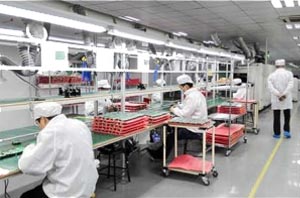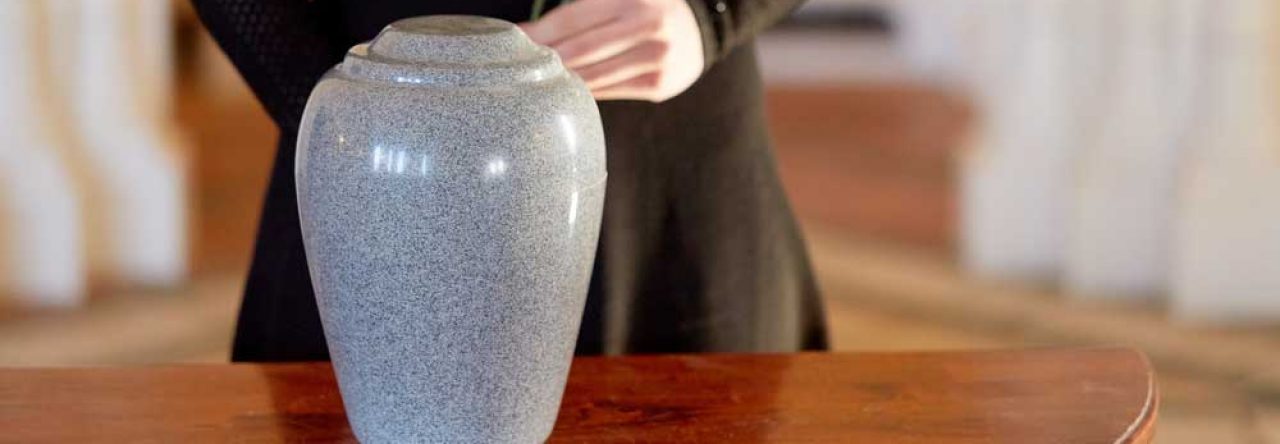Lithium prismatic metal batteries have been the subject of research since 1912, but did not attain commercial status until the 1970s and, like all batteries of that era, were non-rechargeable. Because lithium metal is highly volatile, lithium metal batteries must be abandoned and replaced with lithium-ion batteries before they can be recharged. Many corporations introduced the first rechargeable lithium-ion battery in 1991, which is now a rechargeable battery. To buy custom prismatic lithium-ion batteries, you can browse online stores.

The competition, nickel-cadmium batteries, only have half the energy density of lithium-ion batteries. Nickel batteries also have significantly higher maintenance requirements than lithium-ion batteries, which do not require a full discharge before charging. And lithium-ion batteries, when thrown away, are much less harmful to the environment than nickel batteries.
However, lithium-ion prismatic batteries are not without their drawbacks. They should be stored at temperatures below 77 degrees Fahrenheit; For each year they are kept at higher temperatures, they lose 20% of their capacity. Even when stored at lower temperatures, they lose about 5%, but this is much less than other batteries. If they get too hot, they will be damaged. The manufacturer recommends 59 degrees Fahrenheit as the ideal storage temperature. However, you can store lithium-ion batteries safely in the refrigerator and reheat them before use.
Another downside of lithium-ion batteries is that they degrade once they leave the factory, even if they're in stock. The battery lasts longer with use and should not be stored at more than 40% charge. However, if you keep it under too little charge, it will either cause death or make it very dangerous to recharge. The best way to handle lithium-ion batteries is to use them.
